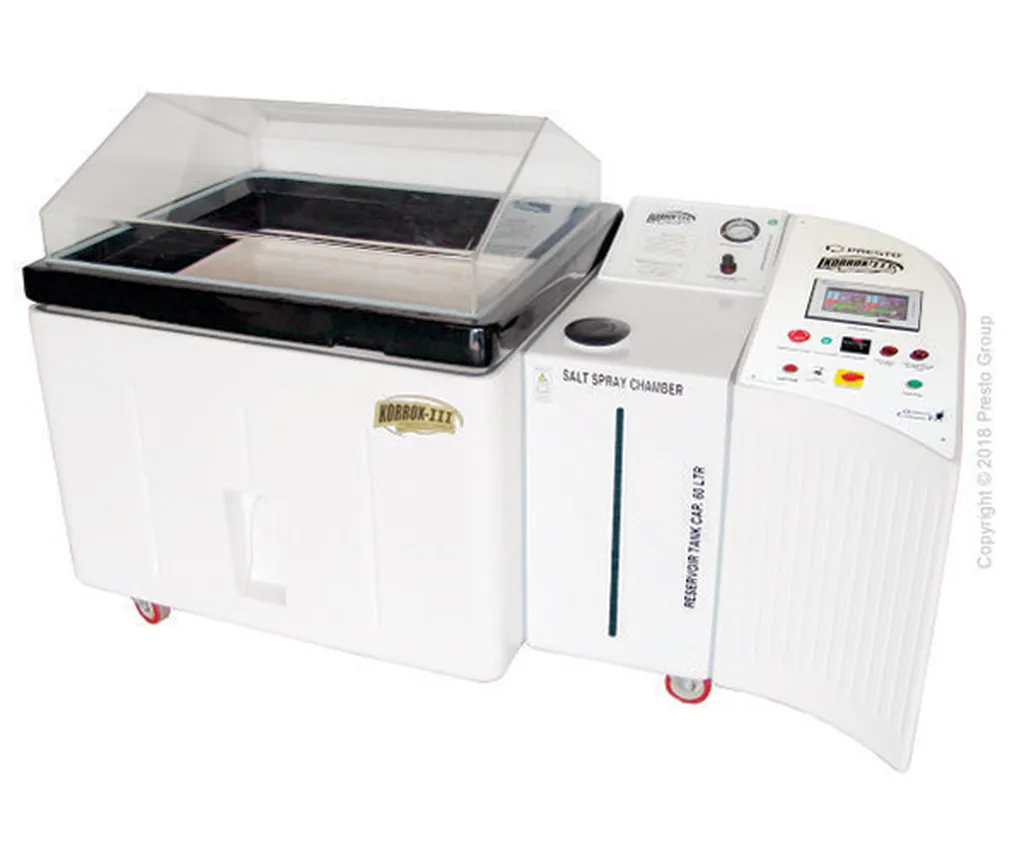In the relentless pursuit of enhancing the efficiency and longevity of agricultural machinery, a groundbreaking study led by Nikolay V. Limarenko from Don State Technical University has shed new light on the corrosion processes that plague vital components. Published in the journal ‘Инженерные технологии и системы’ (Engineering Technologies and Systems), the research focuses on the distribution law of corrosion under the influence of salt spray, a common yet often underestimated factor in the degradation of agricultural equipment.
The study zeroed in on reversing light switches, a critical yet often overlooked component in agricultural machinery. By subjecting these switches to a salt spray chamber for 200 hours, Limarenko and his team meticulously tracked the progression of corrosion, conducting intermediate inspections every 48 hours. The goal was to determine how the experimental data aligned with the Weibull distribution law, a statistical model often used to analyze the reliability of components.
“The active phase of surface degradation of reversing light switches increases significantly after 96 hours of exposure,” Limarenko explained. “This is primarily due to the destruction of protective coatings and the onset of pitting corrosion.” By employing a quadratic regression model, the researchers were able to describe the dependence of corrosion damage on exposure time, providing a more accurate prediction of component lifespan.
The implications of this research are profound, particularly for the agricultural industry where machinery downtime can translate to significant financial losses. By understanding the statistical distribution of corrosion, manufacturers can better predict the lifespan of their components and implement more effective maintenance strategies. “The results of our study provide a basis for creating digital twins and adaptive maintenance systems using artificial intelligence,” Limarenko noted. “This could minimize machinery downtime and improve overall efficiency.”
The study’s findings are not just academic; they offer practical solutions for the commercial sector. By leveraging the Weibull distribution law, companies can develop more accurate models for component degradation, leading to better resource planning and reduced costs. The integration of AI and digital solutions could revolutionize maintenance protocols, ensuring that agricultural machinery remains operational for longer periods.
As the agricultural industry continues to evolve, the need for reliable and efficient machinery becomes ever more critical. Limarenko’s research represents a significant step forward in this arena, providing a robust framework for understanding and mitigating the effects of corrosion. With the potential to shape future developments in maintenance and component design, this study is poised to have a lasting impact on the agricultural sector.

